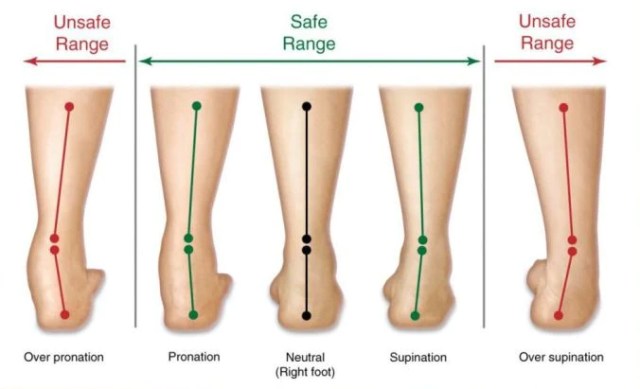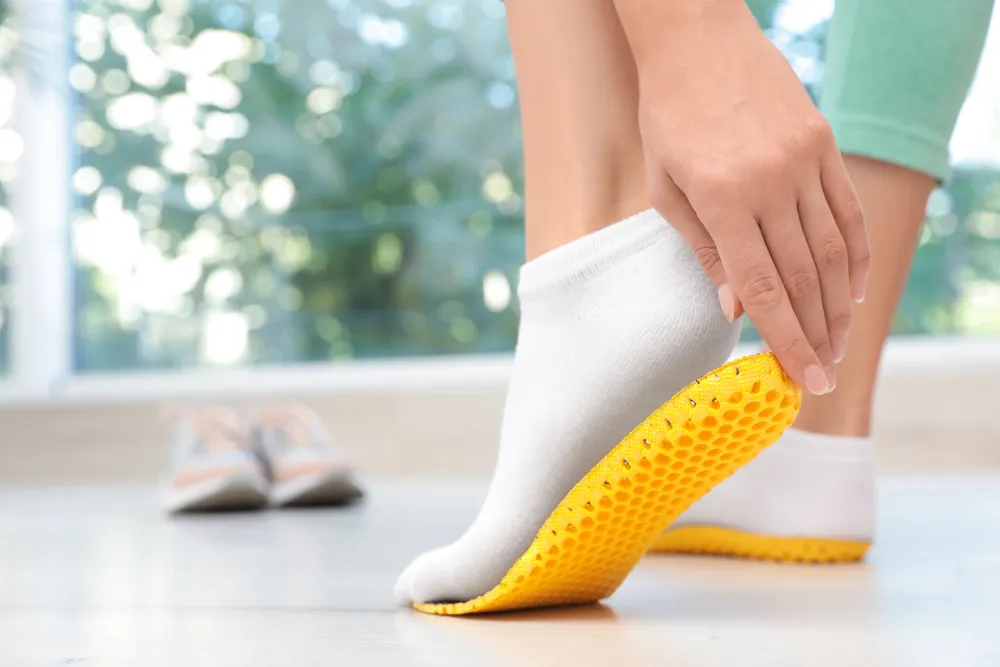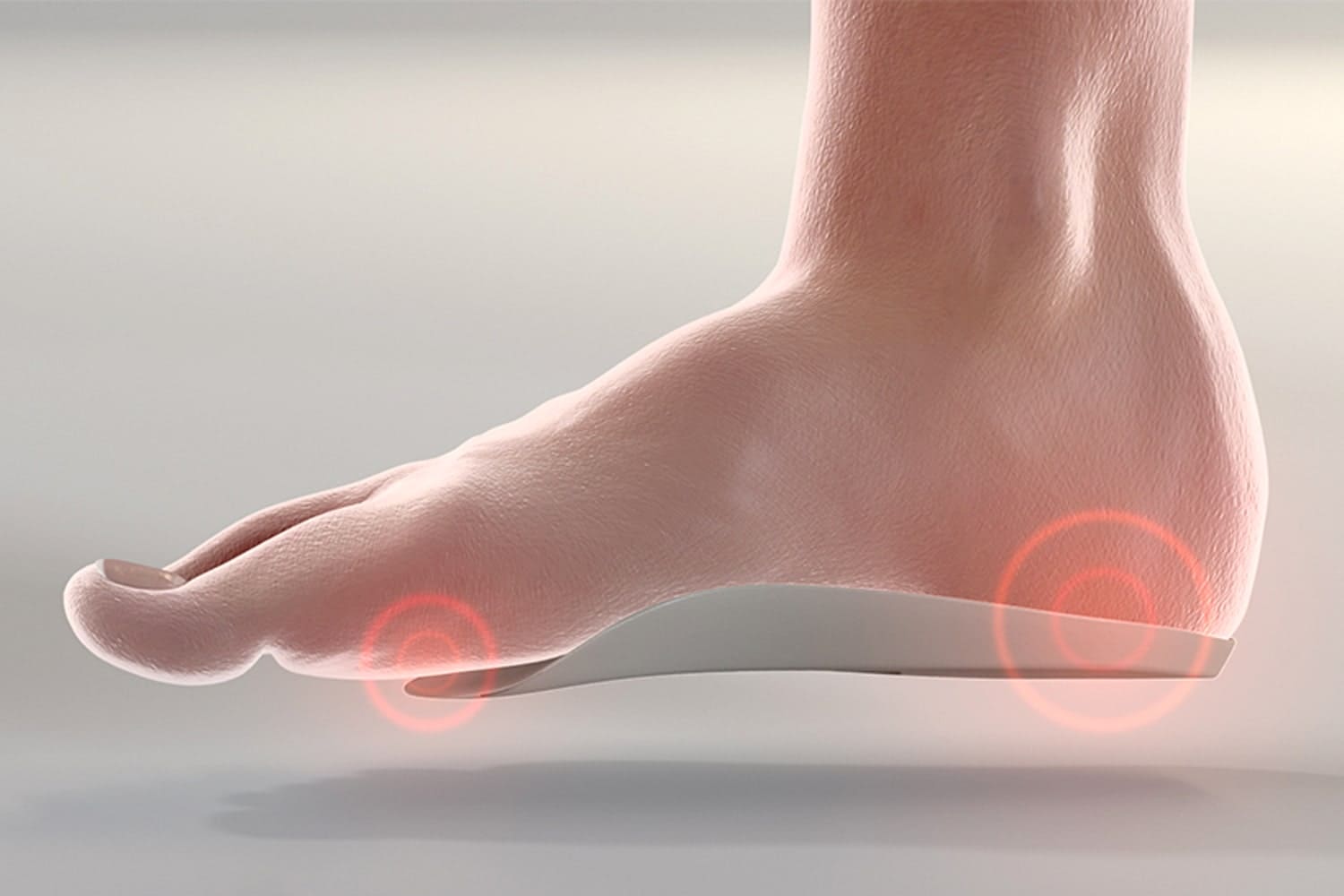Your feet serve as the fundamental support for your body, making their care vital for overall health and well-being. Amid the many facets of foot care, giving attention to arch support is paramount yet often neglected. This article will explore the significance of Arch Care Essentials, highlighting its pivotal role, addressing prevalent foot issues linked to insufficient support, and outlining practical measures to maintain optimal arch health.
Introduction to Arch Care
Arch care involves providing adequate support to the arches of your feet, which play a significant role in maintaining balance, absorbing shock, and facilitating movement. Neglecting arch support can lead to various foot ailments and impact your overall mobility and comfort.
Table of Contents
Importance of Arch Support
- Stability: The arches of the feet act as shock absorbers, helping to distribute the body’s weight evenly across the feet and providing stability with each step. Without adequate support, the arches can collapse, leading to instability and an increased risk of injury.
- Balance: Proper arch support helps to maintain the natural alignment of the feet, ankles, and knees, which is essential for maintaining balance and preventing falls. By supporting the arches, individuals can feel more grounded and stable on their feet, reducing the likelihood of tripping or stumbling.
- Alignment: The arches of the feet play a crucial role in aligning the entire body from the feet up. When the arches are properly supported, it helps to align the ankles, knees, hips, and spine, reducing strain on the joints and muscles and promoting better overall posture.
- Pain Relief: Arch support can help alleviate pain and discomfort associated with various foot conditions, such as plantar fasciitis, flat feet, and overpronation. By providing additional support to the arches, individuals can experience reduced pressure and strain on the feet, resulting in less pain and fatigue during activities.
- Prevention of Foot Problems: By maintaining proper arch support, individuals can prevent the development of common foot problems such as bunions, corns, calluses, and hammertoes. Proper support helps to distribute weight evenly and reduce excessive pressure on specific areas of the feet, minimizing the risk of developing painful conditions.

Common Foot Problems Without Proper Arch Support
Without proper arch support, individuals may experience a range of common foot problems that can impact their mobility, comfort, and overall well-being. These issues arise due to the lack of adequate support for the arches of the feet, leading to strain, instability, and misalignment. Here are some of the most prevalent foot problems associated with insufficient arch support:
- Plantar Fasciitis: This condition involves inflammation of the plantar fascia, a thick band of tissue that runs along the bottom of the foot. Without proper support, the arches may collapse, leading to overstretching and irritation of the plantar fascia. Plantar fasciitis typically manifests as sharp heel pain, especially with the first steps in the morning or after periods of rest.
- Flat Feet: Flat feet, also known as fallen arches, occur when the arches of the feet collapse, causing the entire sole to come into contact with the ground. Without adequate support, individuals with flat feet may experience pain, fatigue, and instability while standing, walking, or engaging in physical activities.
- Overpronation: Overpronation is a biomechanical issue where the foot rolls inward excessively during the gait cycle. Without proper arch support to help distribute weight evenly, overpronation can lead to increased stress on the ankles, knees, and hips, potentially resulting in pain, discomfort, and overuse injuries.
Understanding Arch Types
Arch types vary among individuals, and understanding your specific arch type is crucial for selecting appropriate footwear and support mechanisms.
High Arches
High arches are characterized by a pronounced curve along the inner side of the foot, resulting in less surface area for weight distribution. People with high arches may experience excessive pressure on the heels and balls of the feet, increasing the risk of pain and discomfort.
Normal Arches
Normal arches have a moderate curve that allows for efficient weight distribution and shock absorption. Individuals with normal arches typically experience fewer foot problems, provided they maintain proper footwear and support.
Flat Arches
Flat arches, or flat feet, lack a distinct curve along the inner side of the foot, causing the entire sole to make contact with the ground. This condition can lead to overpronation, instability, and an increased risk of developing foot-related issues.

Choosing the Right Footwear for Arch Support
Selecting appropriate footwear is paramount for maintaining healthy arches and preventing foot problems. When shopping for shoes, consider the following features to ensure adequate arch support:
- Arch Support: Look for shoes with built-in arch support to maintain the natural curve of your foot.
- Cushioning: Opt for shoes with ample cushioning to absorb shock and reduce impact during activities.
- Stability: Choose shoes with a supportive midsole and heel counter to promote stability and prevent overpronation.
- Proper Fit: Ensure that your shoes provide a snug yet comfortable fit, allowing for natural movement without constricting or rubbing against your feet.
Exercises for Strengthening the Arch
In addition to wearing supportive footwear, incorporating specific exercises into your routine can help strengthen the muscles supporting the arches of your feet. Here are some effective exercises to consider:
Towel Curls
- Sit comfortably on a chair with your feet flat on the floor.
- Place a small towel on the ground in front of you.
- Using your toes, grip the towel and scrunch it toward you.
- Hold for a few seconds, then release.
- Repeat for 10-15 repetitions.
Arch Raises
- Stand barefoot with your feet hip-width apart.
- Slowly rise onto the balls of your feet, lifting your heels off the ground.
- Hold for a few seconds, then lower back down.
- Repeat for 10-15 repetitions.
Toe Taps
- Sit on a chair with your feet flat on the floor.
- Lift your toes off the ground, keeping your heels planted.
- Tap your toes on the floor, alternating between lifting and lowering each foot.
- Continue for 30 seconds to 1 minute.

Importance of Orthotics
Orthotics are custom-made inserts designed to provide additional support and alignment for your feet. They can help alleviate discomfort, correct imbalances, and improve overall foot function.
Types of Orthotics Available
- Soft Orthotics: Made from flexible materials such as foam or gel, soft orthotics provide cushioning and support for conditions like plantar fasciitis or diabetic foot ulcers.
- Semi-Rigid Orthotics: Constructed from a combination of soft and rigid materials, semi-rigid orthotics offer moderate support for issues such as flat feet or overpronation.
- Rigid Orthotics: Made from durable materials like plastic or carbon fiber, rigid orthotics provide maximum support and stability for severe biomechanical problems or structural abnormalities.
How to Use Orthotics Effectively
When using orthotics, it’s essential to follow these guidelines for optimal results:
- Proper Fit: Ensure that your orthotics fit snugly inside your shoes without causing discomfort or rubbing against your feet.
- Gradual Transition: Start wearing orthotics for short periods initially, gradually increasing the duration as your feet adjust to the additional support.
- Regular Maintenance: Keep your orthotics clean and dry to prevent bacteria buildup and maintain their effectiveness over time.

Daily Practices for Arch Care
- Stretching Routine: Perform regular stretching exercises targeting the muscles and ligaments of the feet and calves. Focus on stretches that specifically stretch the plantar fascia, Achilles tendon, and calf muscles to improve flexibility and reduce tension in the arches. Examples of beneficial stretches include calf stretches, toe stretches, and the plantar fascia stretch.
- Rest and Recovery: Allow your feet adequate time to rest and recover after prolonged periods of standing, walking, or physical activity. Elevate your feet whenever possible to reduce swelling and improve circulation. Avoid overexertion and give your arches time to recover between activities to prevent overuse injuries.
- Proper Hydration: Stay hydrated throughout the day to maintain optimal foot health and flexibility. Dehydration can lead to muscle cramps and stiffness, which can exacerbate arch discomfort. Drink plenty of water to keep your body and feet hydrated, especially during hot weather or when engaging in strenuous activities.
- Footwear Selection: Choose supportive footwear with adequate arch support, cushioning, and stability features. Look for shoes specifically designed for your arch type, whether you have high arches, normal arches, or flat feet. Avoid wearing shoes that are worn out or lack proper support, as they can contribute to arch strain and discomfort.
- Orthotic Inserts: Consider using orthotic inserts or arch supports to provide additional support and alignment for your feet. Orthotics can help distribute weight evenly, correct biomechanical imbalances, and alleviate pressure on the arches. Choose orthotics that are tailored to your specific arch type and foot shape for optimal effectiveness.
- Regular Foot Inspections: Inspect your feet regularly for any signs of redness, swelling, or irritation. Check for blisters, calluses, or other abnormalities that may indicate excessive pressure or friction on the arches. Address any issues promptly to prevent them from worsening and causing further discomfort.
- Healthy Lifestyle Choices: Maintain a healthy lifestyle by exercising regularly, maintaining a balanced diet, and managing your weight. Excess weight can put additional strain on the arches of your feet, leading to discomfort and increased risk of foot problems. Incorporate low-impact exercises such as swimming or cycling to improve overall fitness without placing undue stress on the feet.
Seeking Professional Help
Seeking professional help is crucial for addressing persistent foot pain, discomfort, or mobility issues that may arise despite self-care measures. A qualified healthcare provider, such as a podiatrist or orthopedic specialist, can offer personalized assessment, diagnosis, and treatment options tailored to your specific foot condition and individual needs. Here are some important steps to consider when seeking professional help for arch-related concerns:
- Podiatrist Consultation: Schedule an appointment with a podiatrist, a medical professional specializing in the diagnosis and treatment of foot and ankle disorders. During the consultation, the podiatrist will conduct a comprehensive evaluation of your feet, including assessing your arch structure, gait mechanics, and any associated symptoms.
- Medical History Review: Provide your podiatrist with a detailed medical history, including any previous foot injuries, surgeries, or chronic conditions that may impact your foot health. Discuss any current symptoms, such as arch pain, swelling, or difficulty walking, as well as any factors that exacerbate or alleviate your symptoms.
- Diagnostic Tests: Depending on your symptoms and medical history, your podiatrist may recommend diagnostic tests such as X-rays, MRI scans, or ultrasound imaging to assess the underlying cause of your foot pain or discomfort. These tests can help identify structural abnormalities, soft tissue injuries, or degenerative changes affecting the arches of your feet.
- Custom Orthotics: If necessary, your podiatrist may prescribe custom orthotic inserts to provide additional support, alignment, and cushioning for your feet. Custom orthotics are specially designed to fit the unique shape and biomechanics of your feet, offering superior comfort and effectiveness compared to off-the-shelf inserts.
- Footwear Recommendations: Your podiatrist may provide guidance on selecting appropriate footwear with adequate arch support, cushioning, and stability features. They can recommend specific shoe brands or styles that accommodate your foot type and address any underlying issues contributing to your foot pain or discomfort.
- Physical Therapy: In some cases, your podiatrist may recommend physical therapy exercises to strengthen the muscles supporting the arches of your feet and improve overall foot function. Physical therapy can help alleviate pain, improve flexibility, and enhance stability to prevent future injuries or flare-ups.
- Surgical Intervention: In severe cases where conservative treatments fail to provide relief, surgical intervention may be necessary to address structural deformities or correct underlying biomechanical issues affecting the arches of the feet. Your podiatrist can discuss surgical options, risks, and expected outcomes based on your individual circumstances.
By seeking professional help from a qualified healthcare provider, you can receive expert guidance and personalized treatment to address your arch-related concerns effectively. Remember to follow your podiatrist’s recommendations, adhere to prescribed treatment plans, and attend follow-up appointments to monitor your progress and ensure optimal foot health and function.
WHERE TO BUY
Conclusion
In conclusion, prioritizing arch care is vital for maintaining healthy feet and preventing a myriad of foot problems associated with inadequate support. By wearing supportive footwear, incorporating targeted exercises, using orthotics as needed, and practicing daily foot care habits, you can support your arches and enjoy improved comfort and mobility.
FAQs
- How often should I replace my arch support shoes?
- It’s recommended to replace your arch support shoes every 6-12 months, depending on usage and wear patterns.
- Can flat feet be corrected with arch support?
- While arch support can help alleviate symptoms associated with flat feet, it may not completely correct the underlying structural issue.
- Are there any risks associated with wearing orthotics?
- When used properly and under the guidance of a healthcare professional, orthotics are generally safe. However, improper use or ill-fitting orthotics can potentially exacerbate existing foot problems.
- Can I perform arch strengthening exercises if I have foot pain?
- It’s essential to consult with a healthcare provider before starting any exercise regimen, especially if you’re experiencing foot pain. Certain exercises may exacerbate existing issues if performed incorrectly.
- Do I need to see a podiatrist for custom orthotics, or can I buy them over the counter?
- While over-the-counter orthotics may provide temporary relief for mild foot problems, custom orthotics prescribed by a podiatrist offer personalized support and alignment tailored to your specific needs.










Your article helped me a lot, is there any more related content? Thanks!